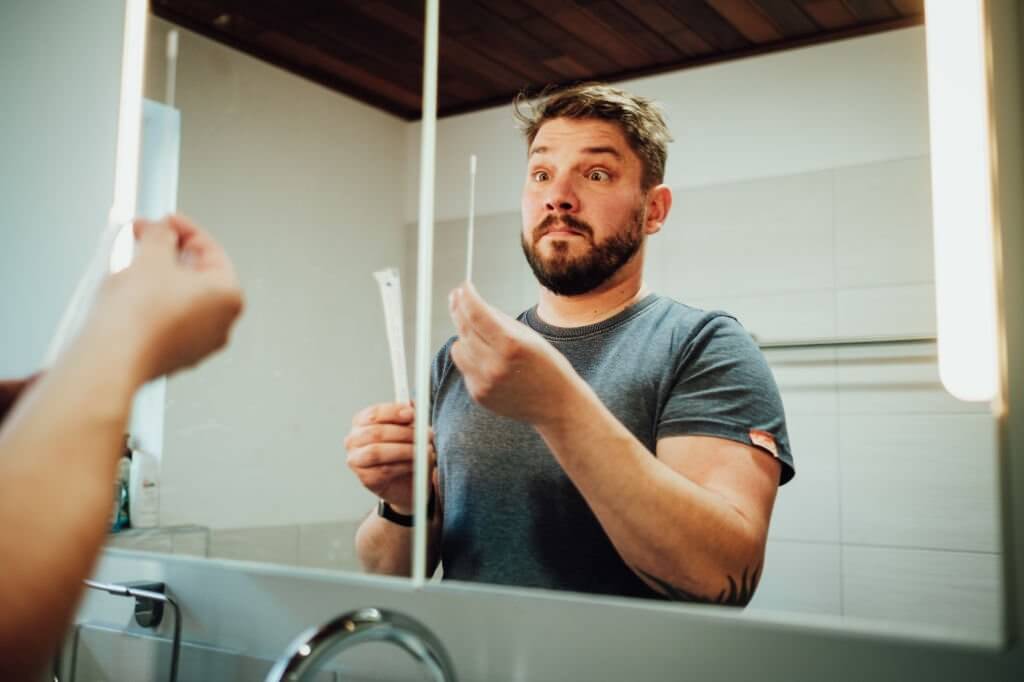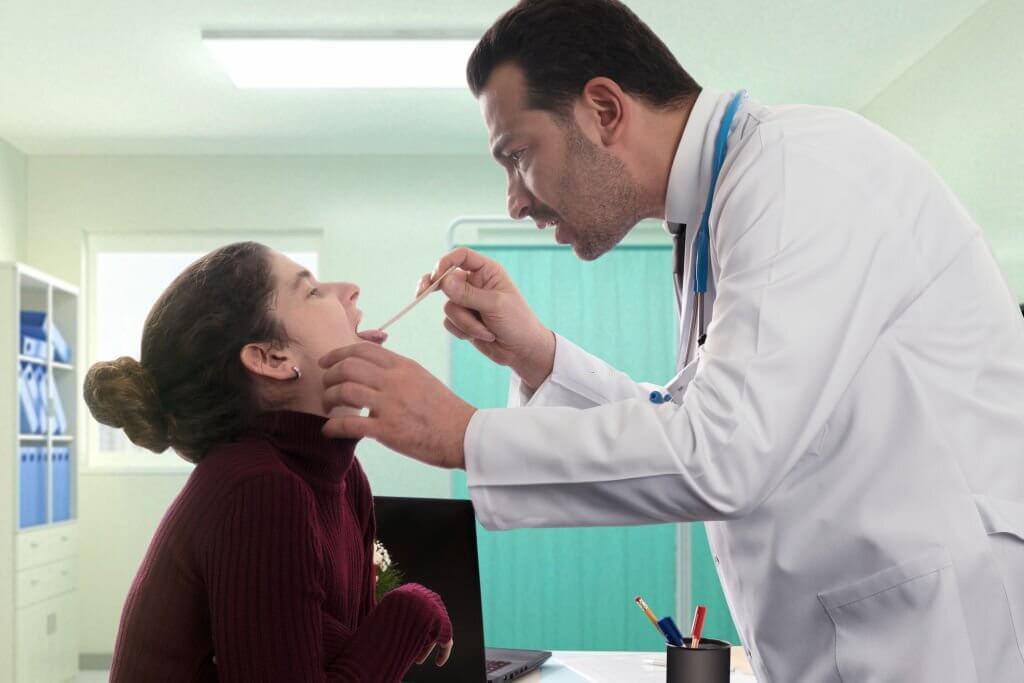News and Blogs
Deciphering Nasal and Throat Swab Test: What You Need To Know

Why are long swabs inserted in your nostrils for a Covid test?
Long swabs are used for COVID-19 tests because the swab needs to reach a part of the body called the nasopharynx, a cavity located behind the nose. This is the place where the most genetic bits of the virus can be collected, if it is present in the body. The swab test used for COVID-19 is known as a nasopharyngeal swab test, which is used to collect specimens from the back of the nose and the throat. Thus, the swab needs to be long enough to reach the back of the person's throat through the nose. This is where the virus is most likely to be detected if someone is infected.
There is a myth that the long swab can touch the blood-brain barrier, but this is not true. The swab does not and cannot touch the blood-brain barrier. It would have to go through layers of muscle and fascia, as well as the base of the skull, which is a thick bone, to get anywhere near the blood-brain barrier. While the swab test can be uncomfortable, it is not damaging in this way.
Can a throat swab detect STD?
Yes, a throat swab can be used to detect certain sexually transmitted diseases (STDs), such as gonorrhea and chlamydia. This kind of testing can be carried out at home and is a convenient and private method of testing for these infections. It involves inserting a swab in the throat to collect a specimen, which is then sent to a lab for analysis. The test results are communicated back in a discreet manner12.
However, it's important to note that these swab tests should not be used as a replacement for comprehensive STD screening. While they are accurate and effective for detecting gonorrhea and chlamydia, they do not test for all STDs. Therefore, sexually active individuals should still visit a health center for comprehensive testing. It's also worth mentioning that oral or rectal chlamydia and gonorrhea can only be detected through these specific swab tests; a urine test will not detect these forms of the diseases.
Can a nasopharyngeal swab test disrupt the blood brain barrier?
No, a nasopharyngeal swab test for COVID-19 does not disrupt the blood-brain barrier. Claims suggesting that nasal swabs used in the PCR test for COVID-19 draw samples from the blood-brain barrier are false. According to Public Health England, it is not anatomically possible for these tests to reach the blood-brain barrier. The nasal swabs used in these tests collect samples from the upper respiratory tract, not from the brain or any point in the respiratory tract or nasal cavity where the brain is accessible. To reach the brain with a swab, one would need to drill through the cribriform plate, which is not something that happens during a standard COVID-19 test.
Is the PCR test more effective than the rapid test for covid-19?
PCR (Polymerase Chain Reaction) tests and rapid antigen tests are both used to detect COVID-19 but they have different strengths and limitations.
PCR tests are performed in a laboratory or healthcare setting and involve collecting a sample of cells from your nose, mouth, or throat. These tests examine microscopic bits of a virus's genetic material and are highly reliable—often close to 100% accuracy. However, PCR tests require lab analysis and the average turnaround time for results is two to three days. They are also more expensive than rapid tests. While PCR tests have a higher false positive rate, they are able to detect the virus in asymptomatic people.
On the other hand, rapid antigen tests look for pieces of the viral proteins from the SARS-CoV-2 virus that causes COVID-19. These tests can produce results in under an hour and are cheaper than PCR tests. However, they are not as sensitive as PCR tests. Antigen tests can detect the virus in about 80% of people with COVID-19 symptoms and less than half of the people who take the test when they have no symptoms. User error can also affect the results of rapid tests and they are less effective in detecting the virus in asymptomatic individuals.
Which test to use depends on the situation and the individual's symptoms. If quick results are needed, such as when someone is feeling sick and wants to know if they have COVID-19 to isolate from others, a rapid test can be useful. However, for people without symptoms, or for those needing a test before a medical procedure or after exposure to someone with COVID-19, a PCR test is recommended. PCR tests, despite taking longer and being more expensive, can provide the most accurate result.
In summary, PCR tests are generally considered more accurate than rapid tests, but rapid tests provide results faster and at a lower cost. The choice of test depends on the reason for testing and the urgency of the results.

How do you not gag when getting your throat swabbed?
When getting your throat swabbed, there are several strategies you can try to avoid gagging:
- 1. Relax and Breathe: Try to remain as calm as possible. Deep breathing can help you relax and avoid gagging. Breathe through your nose and out through your mouth.
- 2. Distract Yourself: Try to think about something else. Some people find it helpful to focus on a particular object in the room.
- 3. Position Your Body: Sitting upright and tilting your head slightly forward can help reduce the gag reflex.
- 4. Use a Numbing Spray: Some people find it helpful to use a numbing spray before the swab. However, this should only be done under the guidance of a healthcare professional.
- 5. Condition Yourself: Gradually getting used to the sensation can help. Try lightly brushing the area with a toothbrush to desensitize it.
- 6. Use Your Tongue: Pressing your tongue firmly against the roof of your mouth can sometimes help to suppress the gag reflex.
- 7. Ask for a Smaller Swab: If possible, ask for a smaller swab to be used. This might cause less discomfort.
Want to learn more about our nasal and throat swabs?
Mantacc offers a wide range of high-quality sampling swabs covering the full range of nasopharyngeal, oropharyngeal, cervical, anal, and object surface sampling to provide maximum patient comfort. We can also offer a professional customization service if you don't find the right material and size. Please click to view our swab collection or click on the image below to contact our sales team.
Find Products: Nasal Swabs, Throat Swabs







